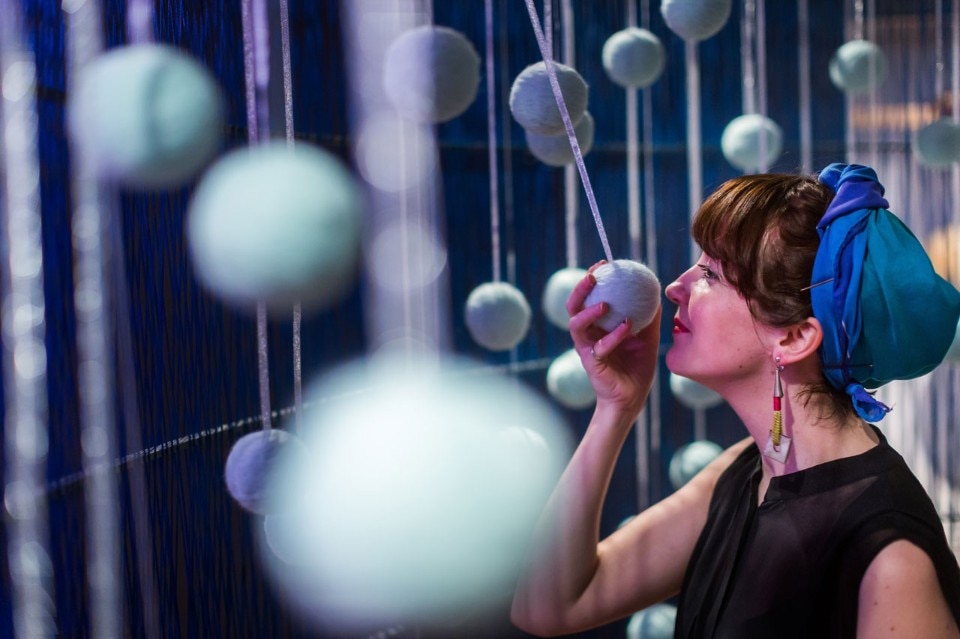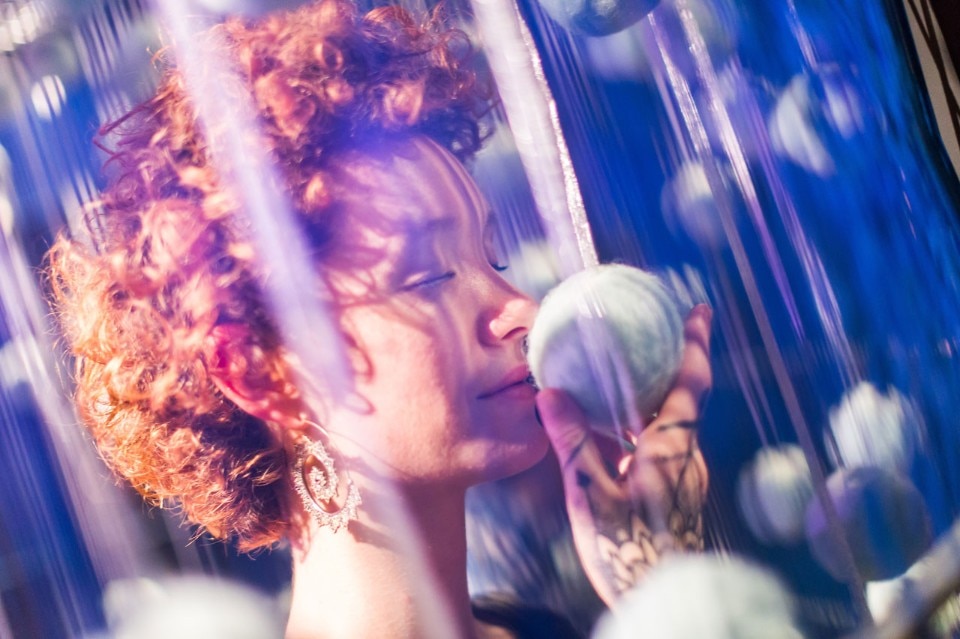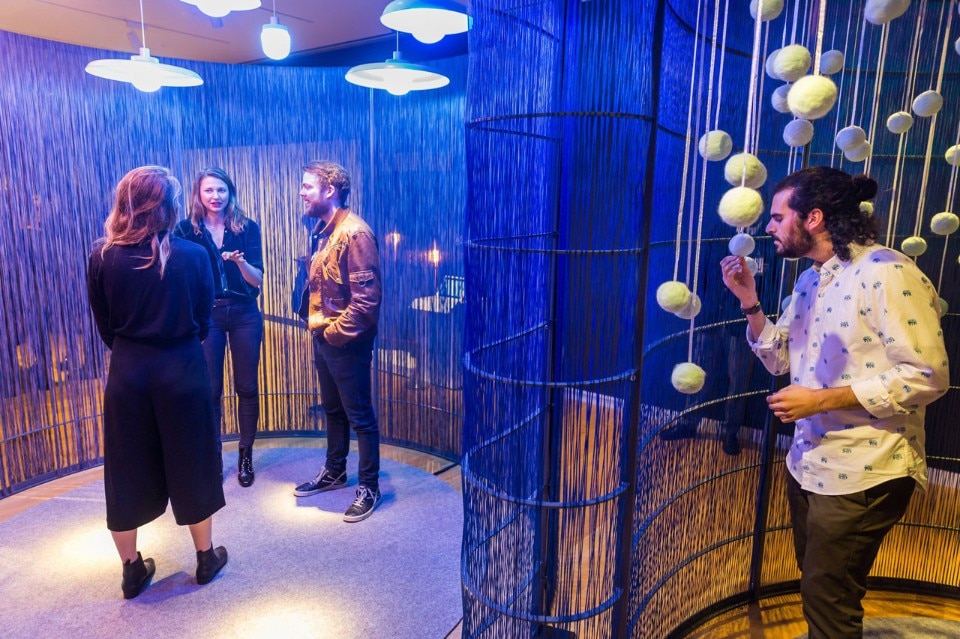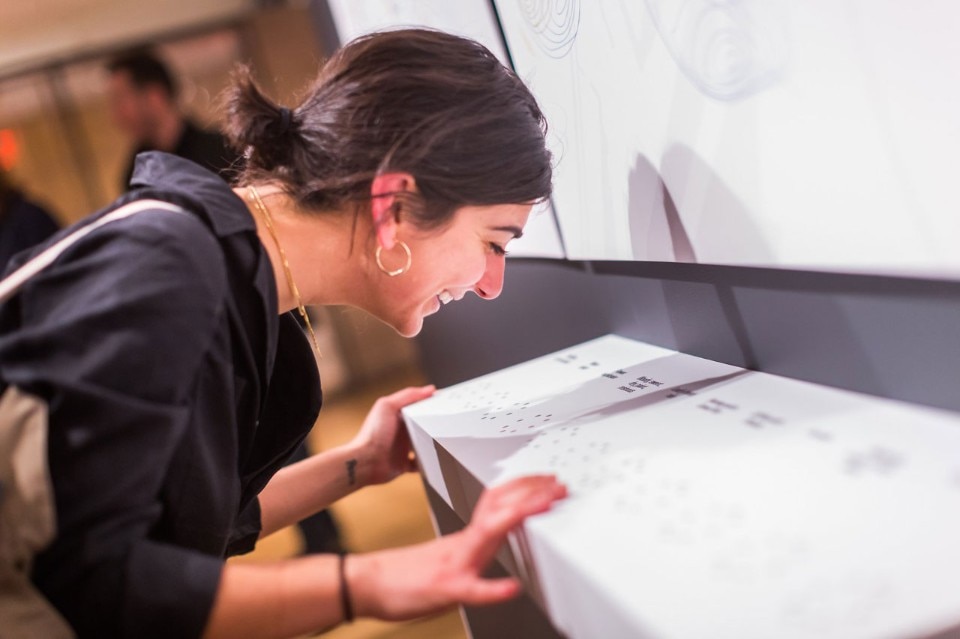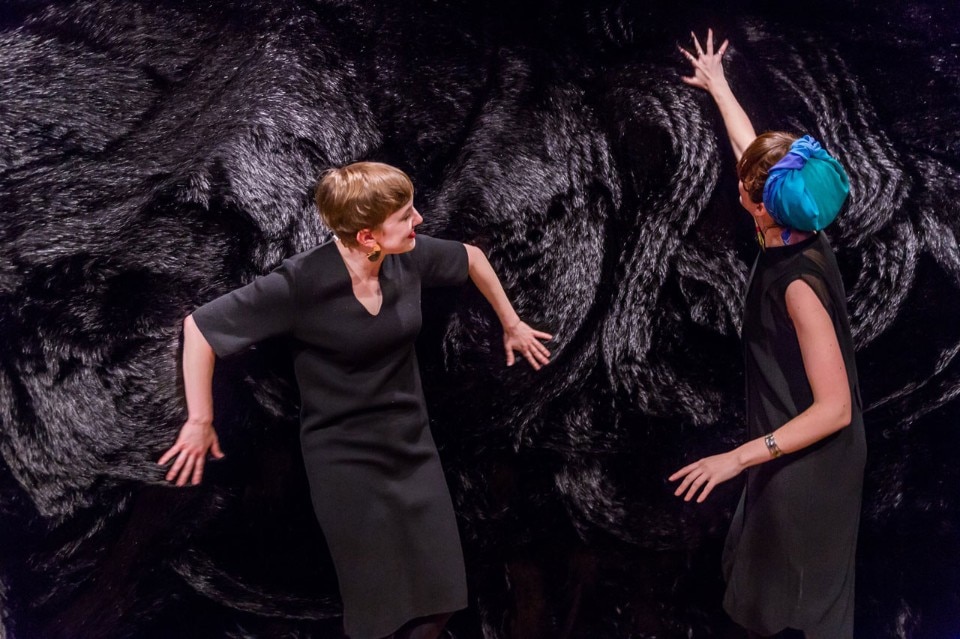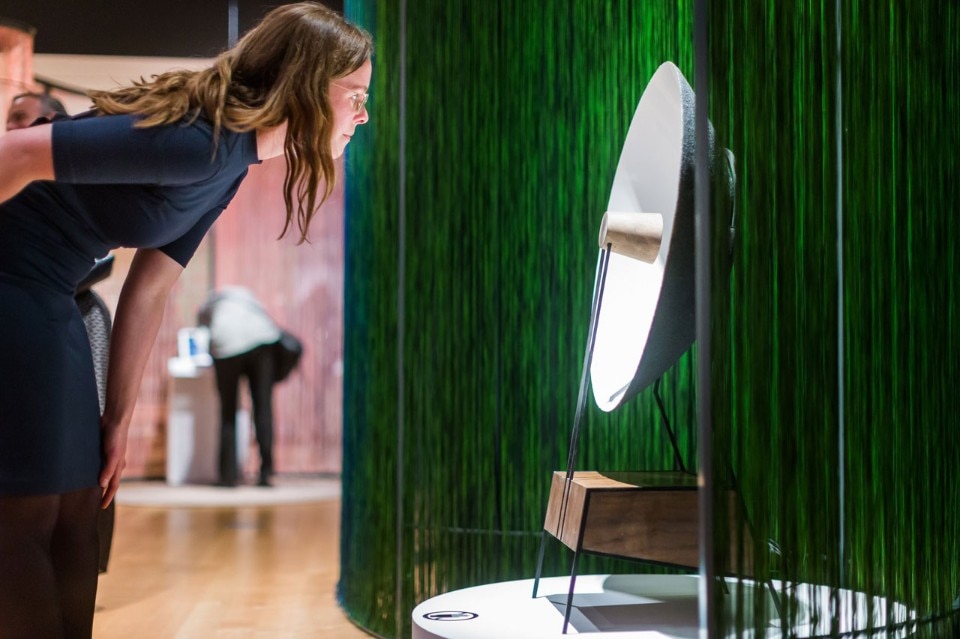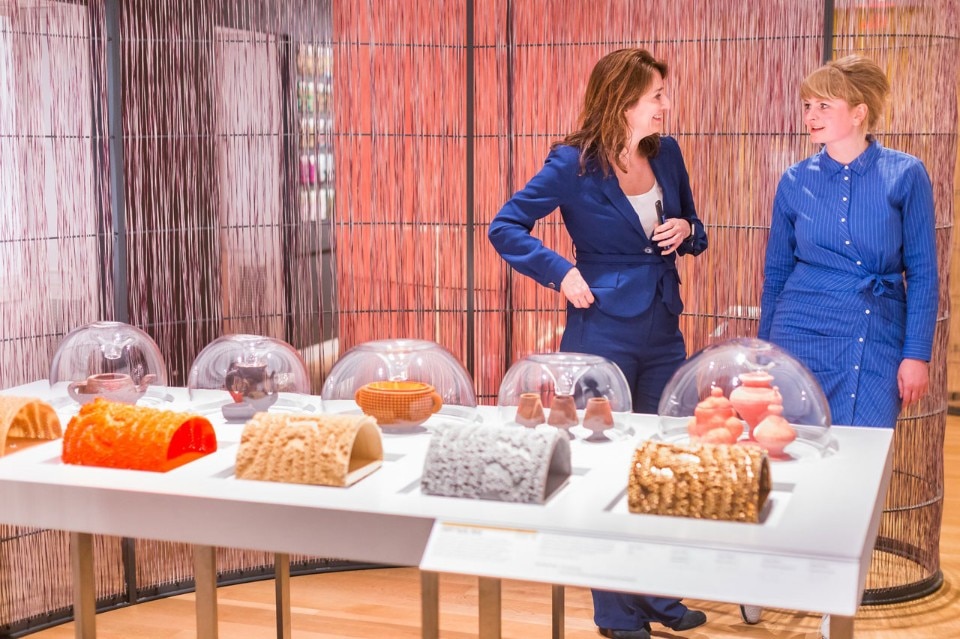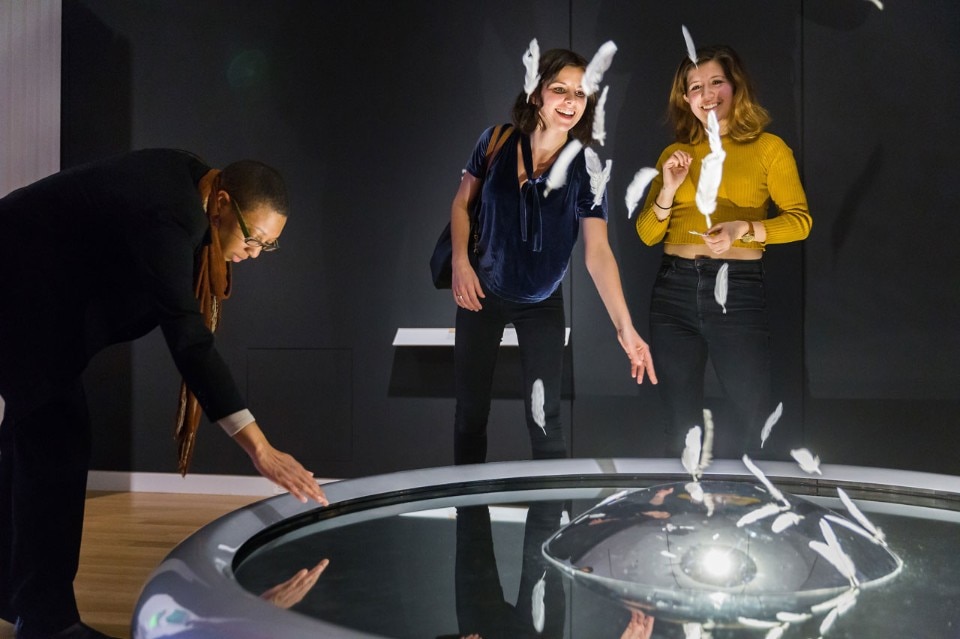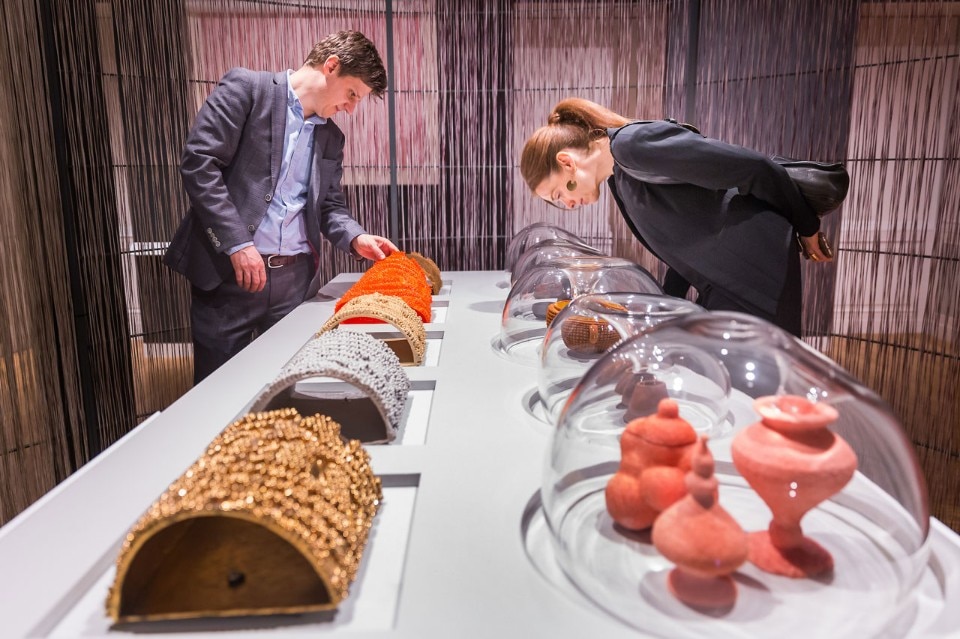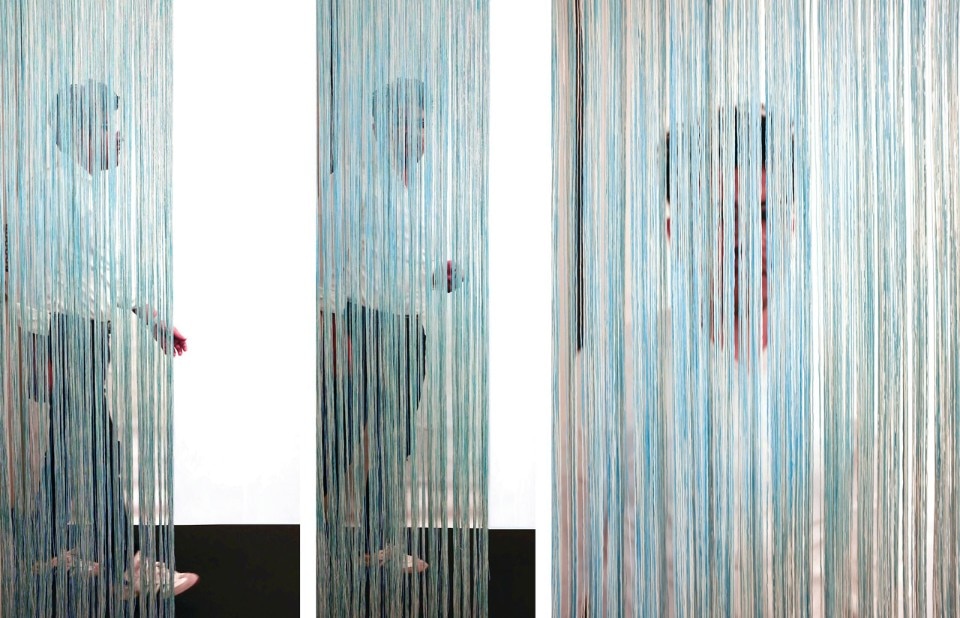In recent year, there have been a number of pop-up showcases that use immersive experience as a marketing ploy; gimmicks that form perfect instagram backdrops. But few actually explore the full scope of multi-sensorial experience. Delving deep into the art and science of tactility is the recently-opened “The Senses: Design Beyond Vision” exhibition at New York’s Cooper Hewitt Smithsonian Design Museum (on view till 28 October). The interactive show takes a serious look at how contemporary creatives are addressing new haptic technologies. Many talents are reassessing what physical engagement now entails and yet realize that tangible material and chemistry remain important. Today, it’s no longer enough to just talk about touch, sound, sight, smell, or taste but rather the ways in which these different senses can translate through each-other. How can smell be represented through colour? At the core of this exhibition is the issue of accessibility. How do we make both the museum experience and design discipline more inclusive for people with hearing, visual, or other impairments? Curators Ellen Lupton and Andrea Lipps tell us more.
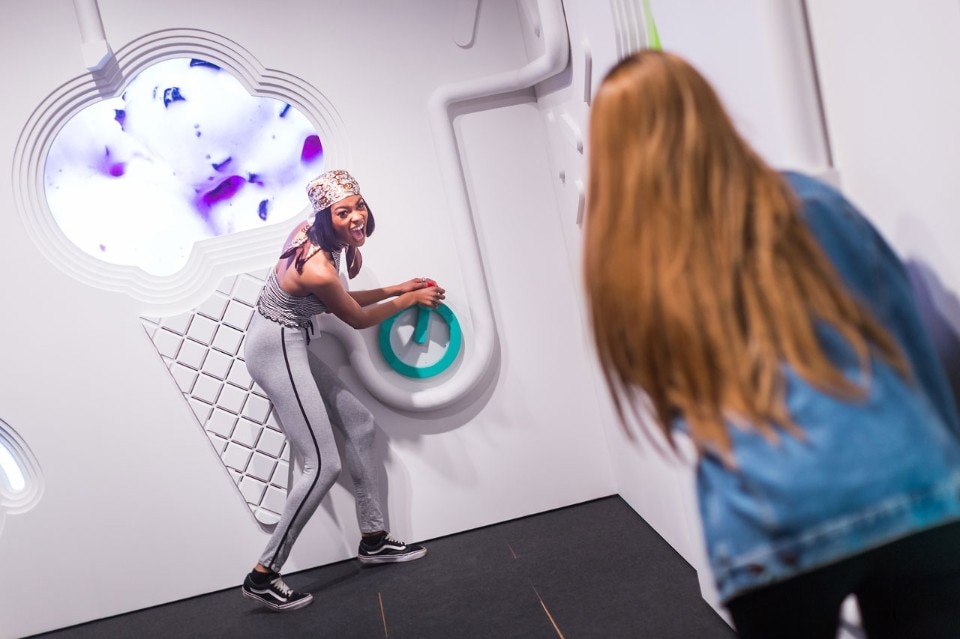
 View gallery
View gallery
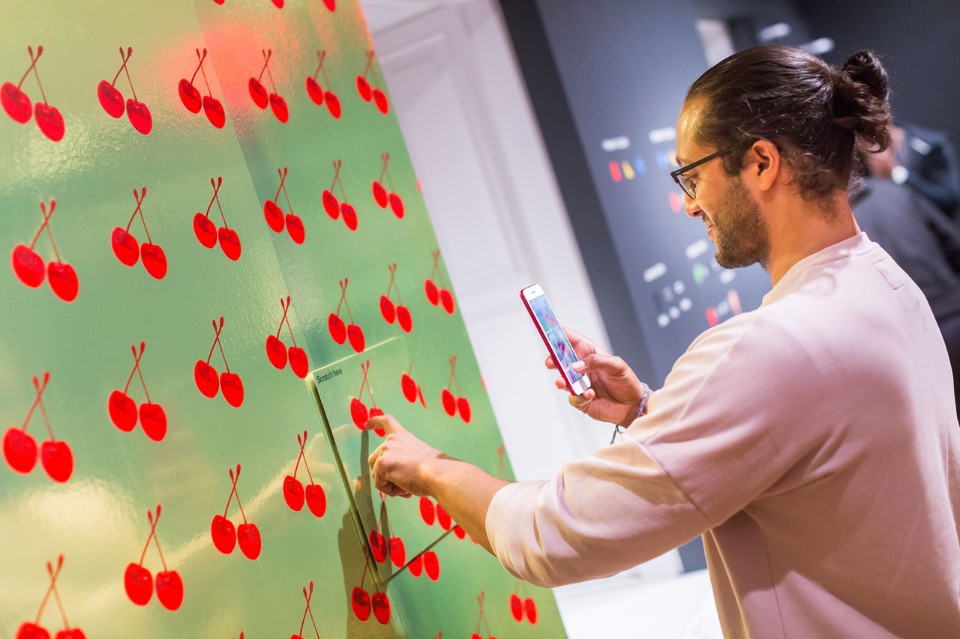
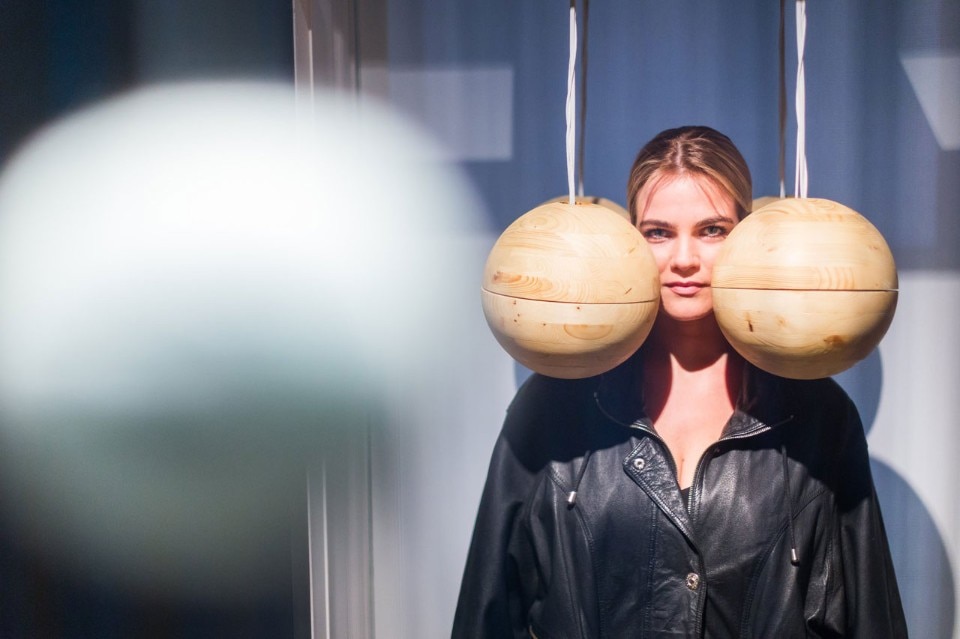
Why now? What makes this topic relevant?
Ellen Lupton: The 2016 Cooper Hewitt Design Triennial, we also curated together, focused on the theme of Beauty. In talking to some of the exhibiting designers, many spoke about sensory experience and not just aesthetics. We decided to extract this element as the premise for a new exhibit. The design discourse has become so optically focused but the reality is that the way in-which we interact with objects and experience space is physical. It’s difficult to convince people that there are different ways in which we explore, discover, and learn–using our other sense-as a new way of achieving accessibility.
Andrea Lipps: What’s so unique about us as humans is that we have a real thirst for experience that moves beyond a picture. For us, its the idea that when developing something new, you don’t just design for one sense. This inherently makes the practice more inclusive. Both the exhibition and accompany book can serve as a guide for other designers in this regard. With a new audio app, integrated brail label texts, the exhibition is also a testing ground for a new accessible information system, that if successful, could be used for other shows.
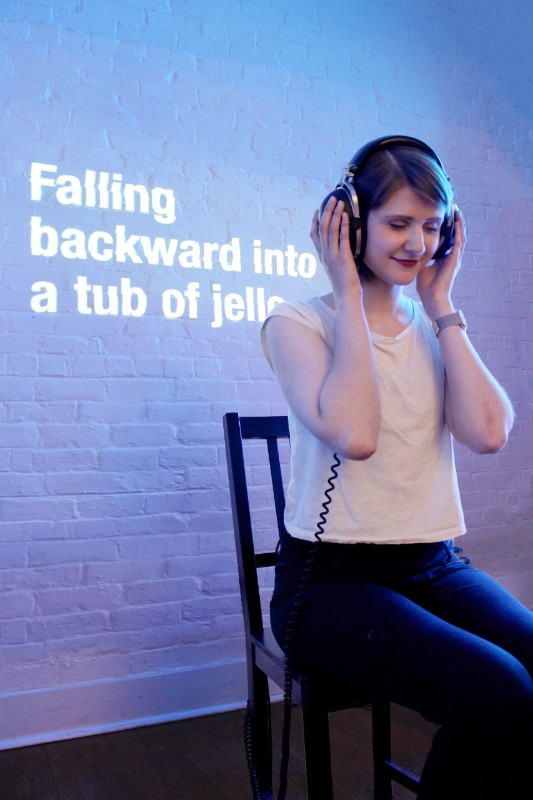
How do projects like the Seated Catalog of Feeling by Boston design firm Sosolimited, on view as part of the exhibit, blur the lines between virtual and physical experience?
EL: The way in which we perceive and understand things is often influenced by what we already know and expect to happen. With the Seated Catalog of Feeling, visitors are able to sit down in a chair, hear one phrase and experience the vibrations of a entirely different feeling; such as falling backwards.
AL: The Tactile Orchestra by Dutch talent Studio Roos Meerman, in collaboration with KunstLAB Arnhem, plays with this translation as well. At first, the installation appears as a wall entirely covered in fur. Our universal instinct is to pet this type of natural material. Playing off of that expected impulse, the designer inserted hidden sensors that play music after someone touches the installation’s surface. Rather than randomly waving your arms in-front of a monitor, like so many other projects ask you to do, this project actually requires an embodied response to be activated.
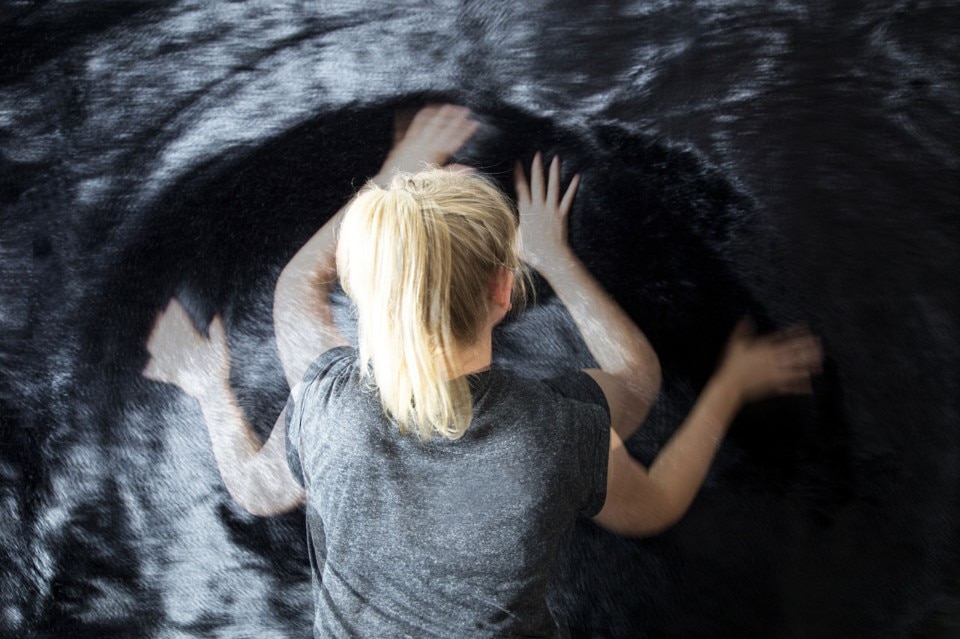
 View gallery
View gallery

Tactile Orchestra II
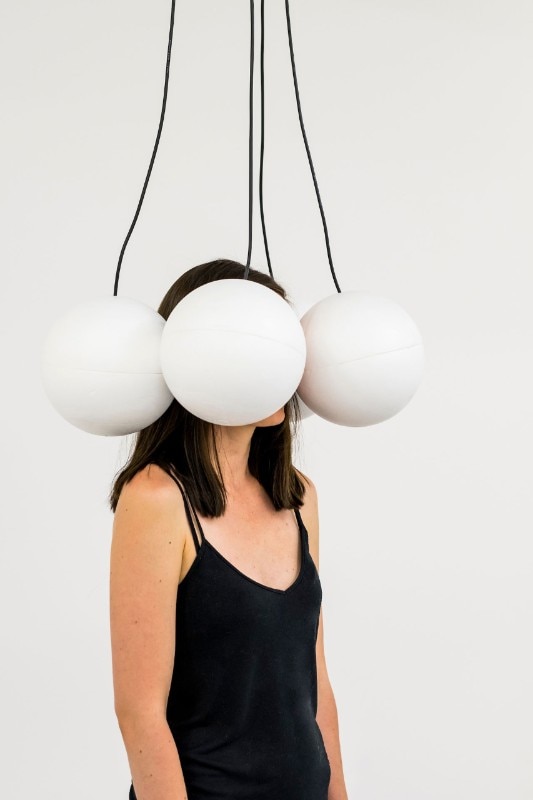
Polifonie sensoriali. Storie di una grammatica musicale che attraversa il corpo.
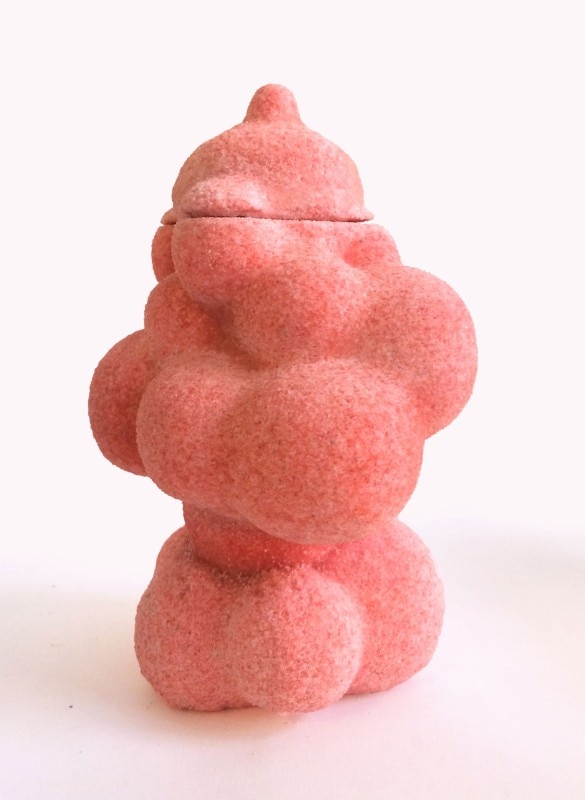
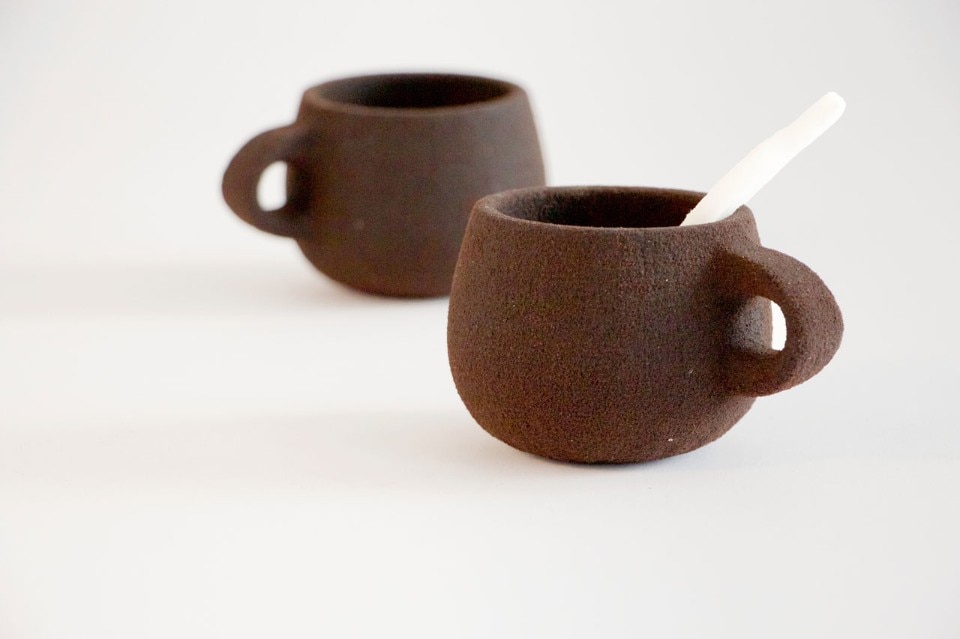
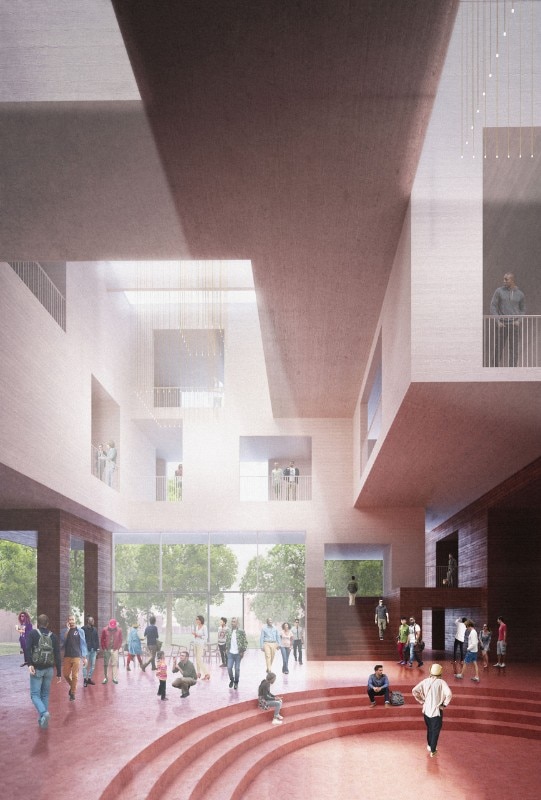
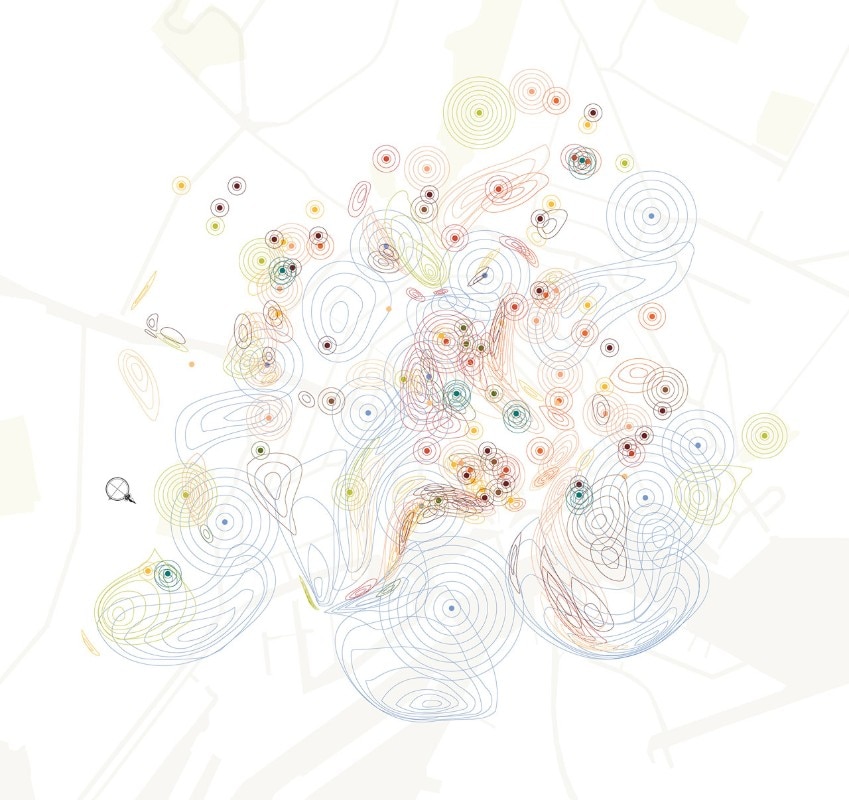
AMS_infrastructure_borderless
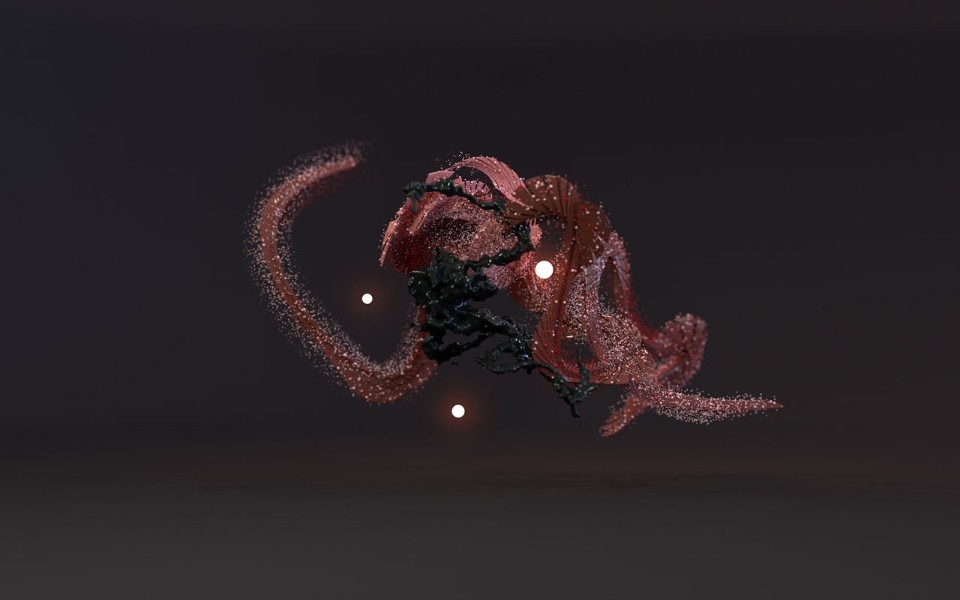
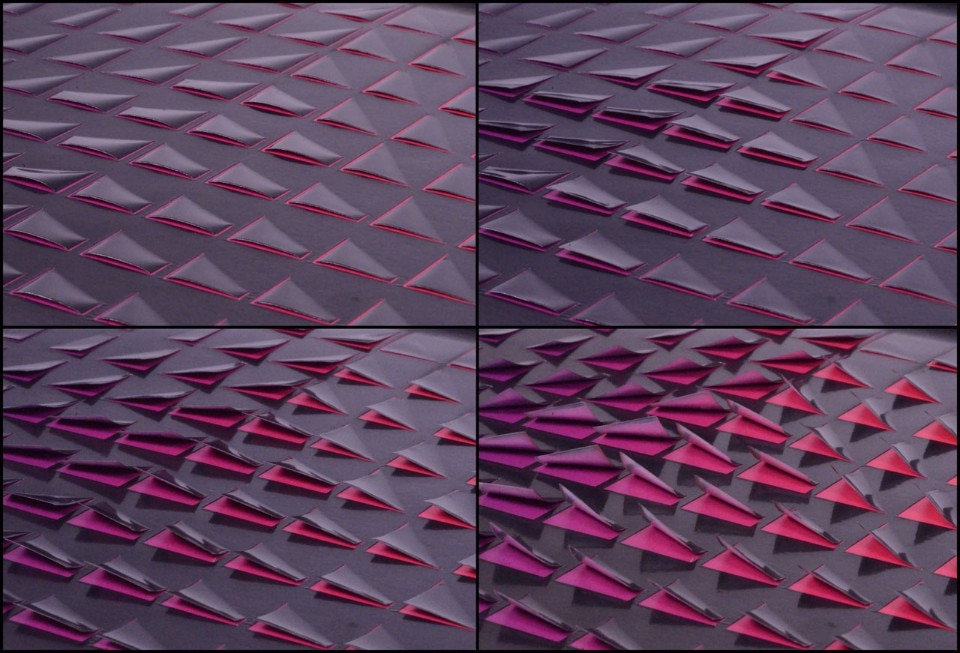
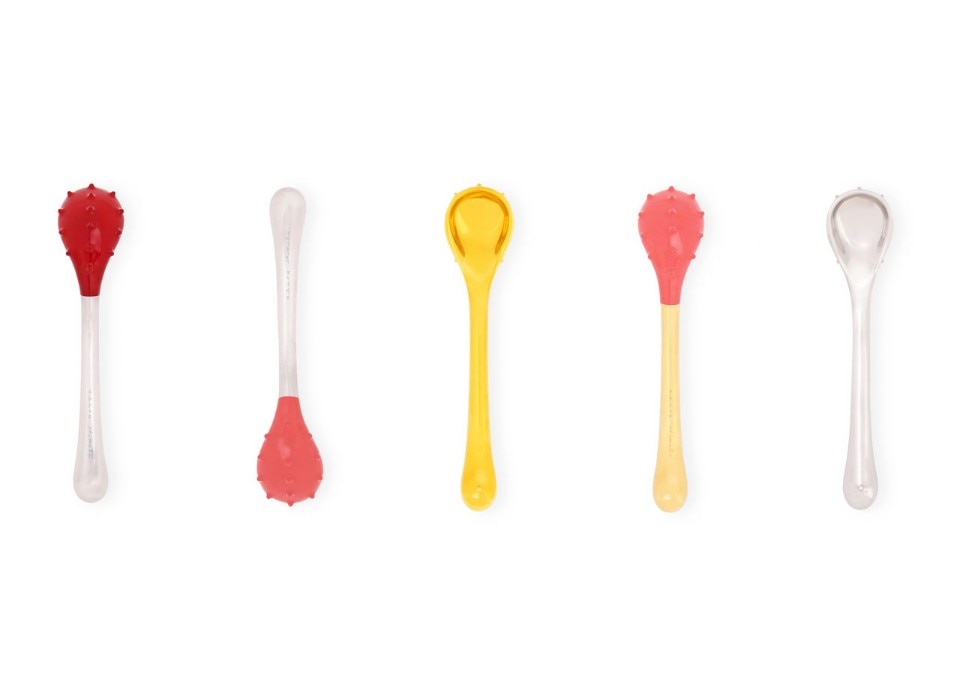
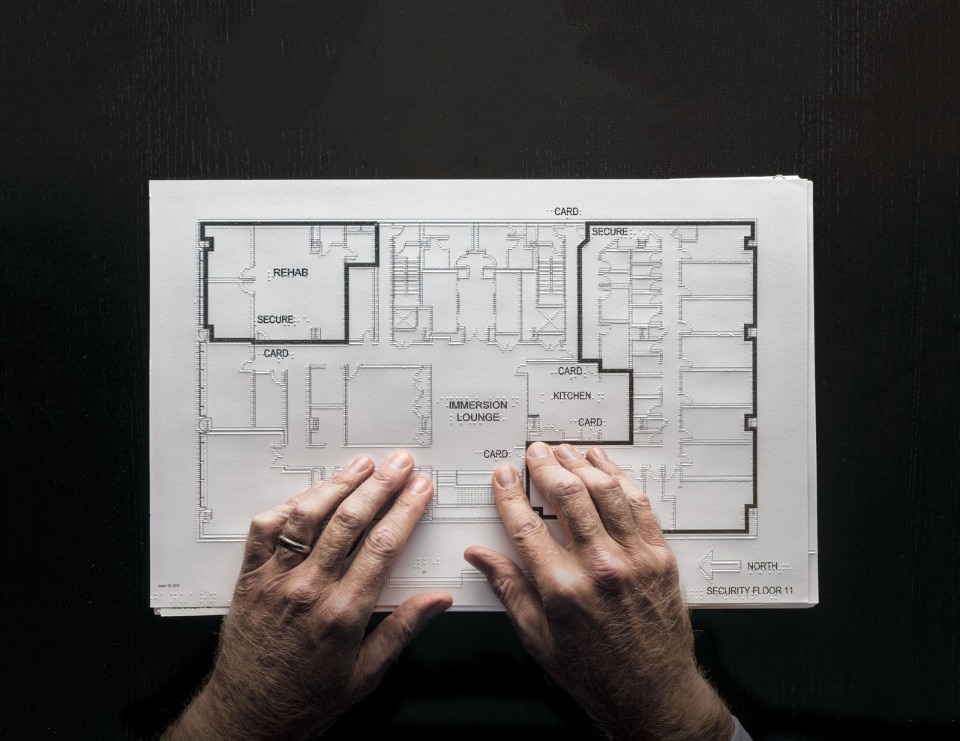
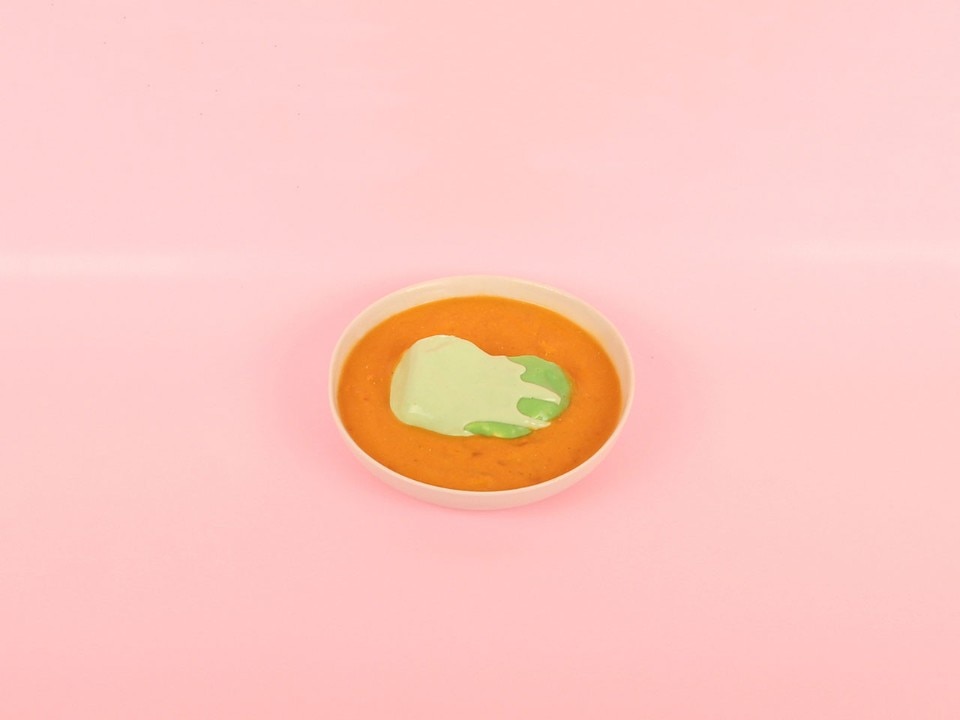
How did you curate the 60 or more exhibited projects using different thematics?
EL: There’s a grid running through the show that expresses different contextual scales and applications: The city, lounge, and banquet. The city works its way through the middle of the exhibit space with projects that deal with sound and smell. Christophe Laudamiel’s Scent Fountain: Fear and Volatile Marilyn invites visitors to compare texture and smell. The lounge has more of a cozy atmosphere. Snow Storm is a special commission by Christopher Brosius that features pale blue balls of felted wool hanging from above, infused with a scent inspired by winter. The banquet is pink and yellow, like a candy shop or dessert table. Though we can’t actually offer visitors things to eat, there are various tactile implements and taste-based projects that allow visitor to smell different aromas. Ronald Rael and Virginia San Fratello, are architects working at UC Berkeley, who have experimented with 3D printing technology by creating vessels using coffee, tea, sugar, curry and chardonnay grapecomposites. Between these fluid sections are underlying themes including “Shaping Sound,” “Sensory Materials,” “Tactile Expression,” “Sensory Appetites,” “The Sensory Table,” “Sense and Cognition,” and “Sensory Theater.”
AL: The exhibition design by New York-based architecture firm Studio Joseph is composed of curved woven partition walls that completely transform the space and echo the fluidity of the themes within the show. At the same time, this design forms The Sense exhibition as a series of discoveries. There are rewards around every corner; things to touch and interact with.
- Exhibition title:
- The Senses: Design Beyond Vision
- Opening dates:
- 13 April – 27 October 2018
- Venue:
- Cooper Hewitt Design Museum
- Address:
- 2 East 91st St, New York


